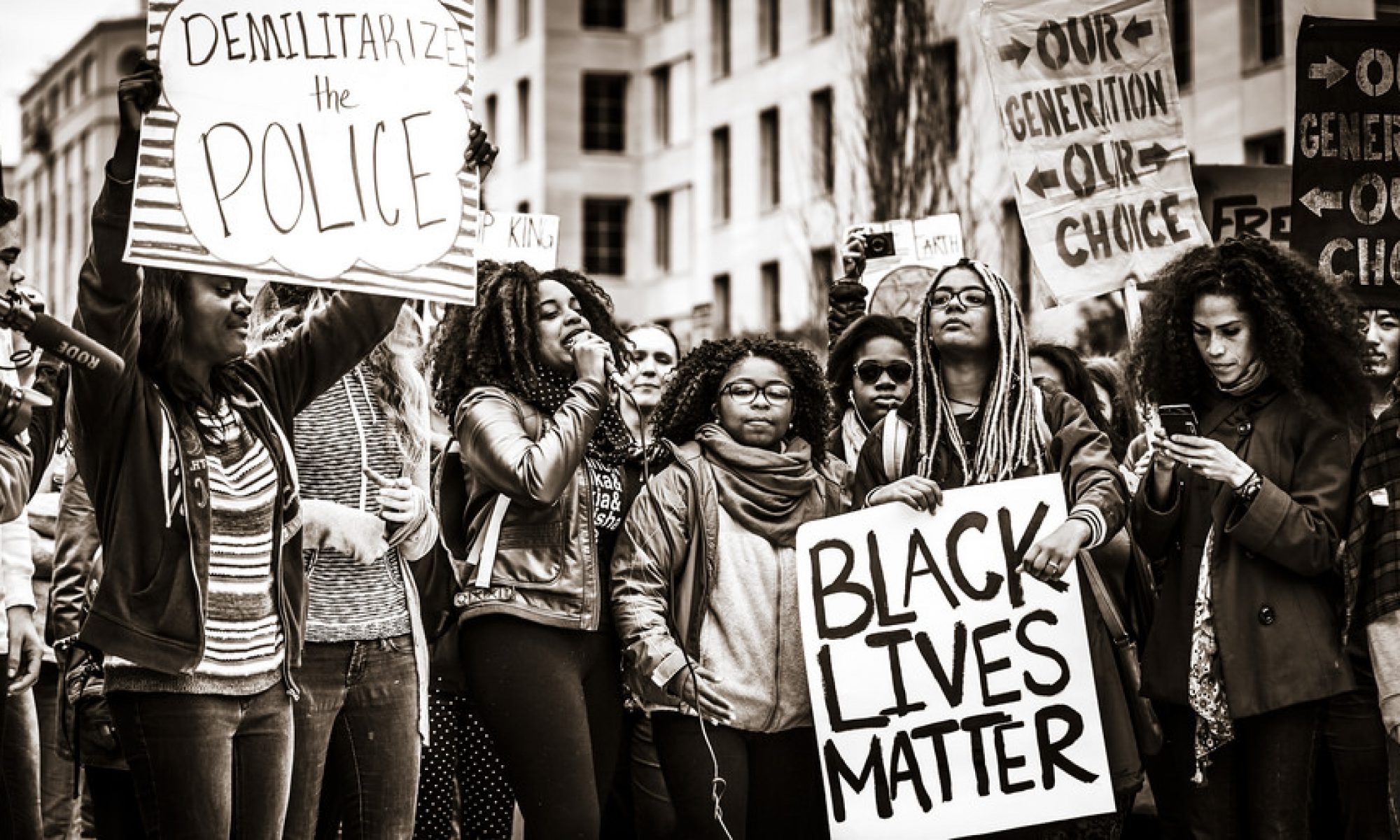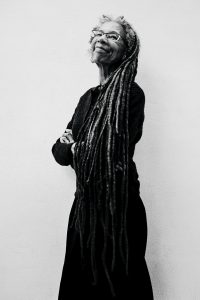Mark Herron, “Black women struggle impact in sports”
Conflicts from an athletic standpoint. Serena Williams has been receiving backlash for her catsuit from audiences saying it was too exposing. Brittney Griner is a WNBA player who is lesbian and gets referred to as masculine. Gabby Douglas is a gymnast who also has a strong body structure and looked at as manly. How these athletes struggled with getting sponsors and endorsements, do to not meeting the beauty standards of a female.
Focusing on the different forms of oppression they faced regarding gender, sexuality, and race. What events happen that are evident to unfairness or oppression. Female athletes that made a difference. The timeline of events that occurred to make progress. Fashion/ beauty standards of athletic African American women.
Alyssa Smith “A Black Woman Runs the Black Panthers”
This research essay explores the impact of the only woman who ever became the leader of the Black Panther Party. She joined the Black Panthers in 1968 doing small work, like cleaning weapons and selling the official Black Panther newspaper. She rose through the ranks, opening the eyes movement to the misogyny linked to the group, even stating that women were believed to be irrelevant by the party, despite their front claiming that black is beautiful. Women in the Black Panther Party were treated incredibly poorly. They were physically abused when they “disrespected” male coworkers, exploited sexually, and had their ability to do tasks belittled constantly. Elaine Brown, at the time, didn’t identify as a feminist because that title was associated almost exclusively with white, middle class women, but it was apparent to her that the misogyny of the Panthers was so wide spread that even the women were chauvinist against themselves. Despite the group being paramilitary, where everyone is simply taking orders, many of the women saw themselves as below their male leaders. When Huey P. Newton fled to Cuba, Brown took charge, leading the party away from the sexism it once considered part of its foundation.
Rajani Subramanian “The Foundations Behind Montgomery Bus Boycott”
In order to understand the Montgomery Bus Boycott, it is important to take in consideration the process behind the movement. From meetings held by the MIA (Montgomery Improvement Association), to Ms. Georgia Gilmore’s “The Club From Nowhere”. In my paper I want to explore how different women held positions of importance and what their role in the boycott was. My thesis will explore how black women helped build a movement even though they were not given much credit or publicity. Not many women were put in positions of power (for example, MLK was the MIA leader), however women led through empowering others to do their best. Most big events have a face, in the example of the bus boycott, it is Rosa Parks. But there are many stories of women who have faced injustices riding buses, for example, Claudette Colvin was kicked off the bus line nine months before Parks was. In response to this, many leaders within that community protested, but they found out she was pregnant, and action was not further pursued.
In my essay I will examine how with under the constraints of class, sex and gender black women were the wheels of the Montgomery Bus Boycott. Although this is related to the Civil Rights Movement in large, I will be specifically focusing on the bus boycott.
Ousmane Sy, “Calling Whom? A case study of the Galpin Call-In”
Racism has often taken precedent over sexism within the Black community. Throughout this course we have analyzed how the role of Black Women is often secondary in many cases, whether it is in movements or their marital lives. This often leads to the exclusion of the Black women in many aspects of politics, economics and mobilization for activism. By using oral history. I will examine the absence of Black women within the Galpin call-in. The paper will be centered around 5 or more interviews conducted with Black women who did, and those who did not, participate in the event. The purpose of the research is to show the absence of Black women in the 2018 Galpin Call-in. By doing so I call attention to the historic tendency for one to downplay the important role of Black women in activism.
Kidi Tafesse, “The Development of Black feminism alongside the struggle for black liberation: The Elaine Brown story”
This paper will be assessing the life and work of Elaine Brown to assess the development of her feminist ideals through the struggles she faced within her efforts to bring justice and equality for black people by joining the Black liberation Struggle. Brown was the first leader of the Black Panther Party (BPP) so hers is a story of success; however, she often expressed her dismay and observation towards the male-dominated movement that was seeking to liberate black folk during the liberation struggle. She brought her ideals to life not only through activism but also through different forms of art such as music and literature. This paper will be analyzing her different works such as “A Taste of Power”to understand how her conceptualization of freedom was developed as a black woman.
This analysis is limited in its external validity, since it will only be providing one woman’ s experience in depth. However, providing insight into one of the most important contributors to the Black liberation Struggle should help in understanding what being a black woman in that era alongside the different liberation movements looks like.
Thus, this research paper will first summarize her contributions whilst assessing their influence on the Black Freedom struggle but quickly move on to her personal development while going through this process and the ways in which she adopted black feminist ideals that developed together with her efforts to fix some of the systematic forms of oppression that Black people faced in the United States.
Angela Danso Gyane, “SAY MY NAME!! SAY MY NAME!!!- A look at activism in the Sandra Bland Protests”
I am looking at the Sandra Bland story including a look at the activism that took place. I will also look at the response to the video being released and its effects on protests. I am also analyzing how the protests (Physical presence) were at a smaller scale than those for Trayvon Martin and other males who had suffered similar fates. I will also look at the works of Kimberly Crenshaw and others regarding the disparities between police brutality against black men and black women. The reaction of the public and accounting for how the hashtag #Justiceforsandy and #sayhername were used. The reaction and actions of that specific jail, the county, the sheriff, and prominent members of society. Sandra Bland was also a Black Lives Matter activist so I am looking at the support of that movement overall and to see if individual organizations joined in as a support system. I will compare her circumstances with other black women whose experiences with police brutality were not as publicized.

